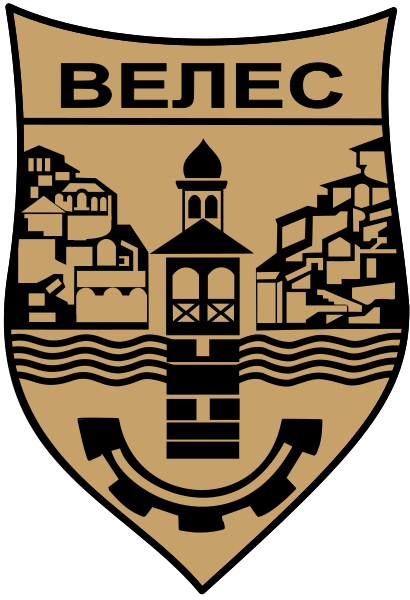
Veles is a city of resolute words, pure spirit, and people who never forget their homeland.
Located in Central Macedonia, Veles is the seventh-largest city in the country, with a population of 40,664. It lies in the valley of the Vardar River, on both its banks, within the small Veles Basin above the Veles Gorge, at an altitude of 206 meters.
Veles is the city of the Gemidzhii, of Kočo Racin, of Brašnarov and Džinot — a cradle of culture, struggle, and dignity.
The history of Veles is as old as the flow of the Vardar itself. From the ancient city of Vila Zora, through Byzantine and Ottoman centuries, to its heroic role in the National Liberation War, Veles has always been a city that moved forward while honoring its roots.
Fossil remains near Veles confirm early habitation, while Bronze Age communities of Paeonians, Brygians, and ancient Macedonians lived in the valley. The Paeonian city of Vila Zora became an important military and economic center, later conquered by Philip V of Macedon in 217 BC.
The ancient city of Stobi, near Veles, was a Paeonian, Macedonian, and later Roman hub. First mentioned in 197 BC, Stobi prospered at the confluence of the Crna Reka (Erigon) and Vardar (Axios), strategically connecting trade and armies across the Balkans. Its mosaics, basilicas, and theater still testify to a glorious past.
From the 6th century, Slavic tribes settled the region, transforming its cultural and linguistic identity. By the time of Tsar Samuel, Veles was a defensive border area. After the Battle of Belasica in 1014, the city fell under Byzantine control, yet it remained a vital crossroads for centuries.
In 1912, Ottoman rule ended, and Veles came under Serbian administration. World War I brought devastation — economic hardship, destruction of cultural monuments, and population collapse. Still, local revolutionaries kept the Macedonian liberation struggle alive through VMRO activities.
On April 6–7, 1941, German air raids devastated Veles, and occupation followed. But Veles became a stronghold of the resistance. The Eighth (Macedonian) Veles Brigade, formed in September 1944, liberated the city on November 9. Veles paid dearly but emerged as a symbol of courage and sacrifice.
During the 2001 conflict, Veles citizens defended Macedonia’s sovereignty. Six defenders from Veles gave their lives, all posthumously honored with the Medal for Bravery.
Veles is proud of its kitchen, rich with flavors of the Vardar Valley:
Veles is a sports city, passionate about football, wrestling, cycling, and gymnastics:
For Macedonians abroad, Veles is not just a city — it is memory and identity. It is the verses of Kočo Racin, the courage of the Gemidzhii, the strength of its athletes, and the sound of the Vardar flowing through your heart.
No matter where life has taken you, Veles and Macedonia remain your true home.